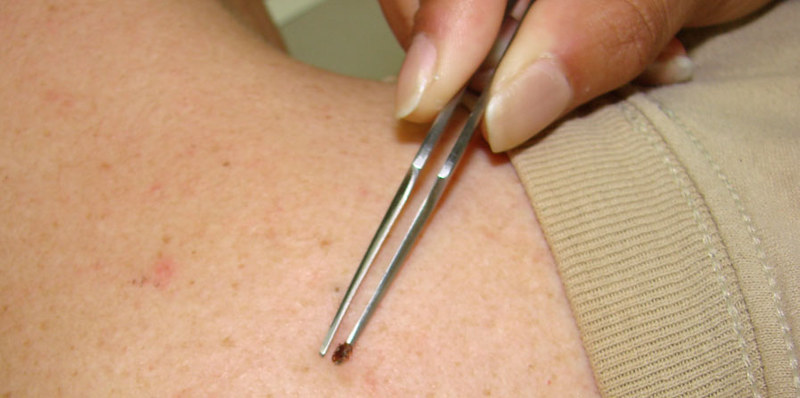Ticks are small but significant pests that can attach themselves to humans and animals, potentially leading to dangerous health concerns. Being aware of how to remove a tick safely is essential for preventing further complications, including infections or the transmission of diseases like Lyme disease. Proper tick removal is important not only for minimizing the risk of infection but also for ensuring that no parts of the tick remain embedded in the skin.


Importance of Safe Tick Removal
Ticks can carry and transmit diseases, so proper removal is key to preventing these illnesses from spreading. For example, black-legged ticks are popular carriers of Lyme disease, and ticks need to be attached for a certain period before they can transmit the bacteria.
How should ticks be removed?
The aim is to remove the entire tick, including its head and mouthparts, quickly but carefully. The earlier you can remove a tick, the less likely it is to transmit any disease.Steps for Safe Tick Removal
When removing a tick, start by gathering the right tools. Fine-tipped tweezers or a tick removal tool are ideal for ensuring that the tick is removed completely. To begin, use the tweezers to pick the tick from as close to the skin as possible. Avoid squeezing the tick’s body, as this can cause infected fluids to enter the wound. Once you have a firm grip on the tick, pull upward with steady pressure. It’s important to avoid twisting or jerking, as this can cause the tick’s mouthparts to remain in the skin. After removing the tick, clean the affected area with soap and water, rubbing alcohol, or an iodine solution. This will lower the chance of infection. Proper disposal of the tick is equally important. Placing it in a sealed bag, submerging it in alcohol, or flushing it down the toilet are the best options. Avoid crushing the tick, as this could release infectious material.Removing Ticks from Dogs
Pets, especially dogs, are highly susceptible to ticks, particularly if they spend time outdoors.What removes ticks from dogs?
The same tools used for humans—fine-tipped tweezers or tick removal tools—work well on pets. However, dogs may be more restless during the removal process, so it’s important to keep them calm and still. You may need help from another person to hold or distract your dog. Begin by locating the tick and grasping it with tweezers as close to the skin as possible. Just as with humans, pull upward steadily without twisting. After removing the tick, clean the bite area with a pet-safe antiseptic and monitor your dog for any signs of infection or illness. If your pet shows symptoms such as fever, lethargy, or swelling around the bite area, consult a veterinarian right away.
Why Speed Matters in Tick Removal
The quicker a tick is removed, the lower the risk of disease transmission. Ticks need time to pass pathogens to their host. For instance,How long do ticks have to be attached to transmit disease?
In the case of Lyme disease, ticks requires to be attached for 36 to 48 hours. This means that regular tick checks after outdoor activities are crucial, and removing a tick promptly can prevent illness. Removing ticks carefully is equally as important as removing them quickly. If any part of the tick is left in the skin, it can cause infection or prolonged irritation. Myths and Facts About Tick Removal| Myth | Fact |
| Using a match or petroleum jelly will make the tick detach. | The best way to remove a tick is with tweezers, not home remedies. |
| Ticks can be removed by crushing them with your fingers. | Never crush a tick—dispose of it by submerging it in alcohol or flushing it. |
| Ticks only transmit disease after being attached for days. | Some diseases can be transmitted within a few hours of attachment. |
| You’ll always feel a tick bite immediately. | Tick bites are often painless and can go unnoticed for hours. |
| Ticks can’t be removed at home—you need a doctor. | Ticks can be easily and safely removed at home using tweezers or a tick removal tool. |




